Russia is getting cozy with Cuba again after a post-Cold War chill

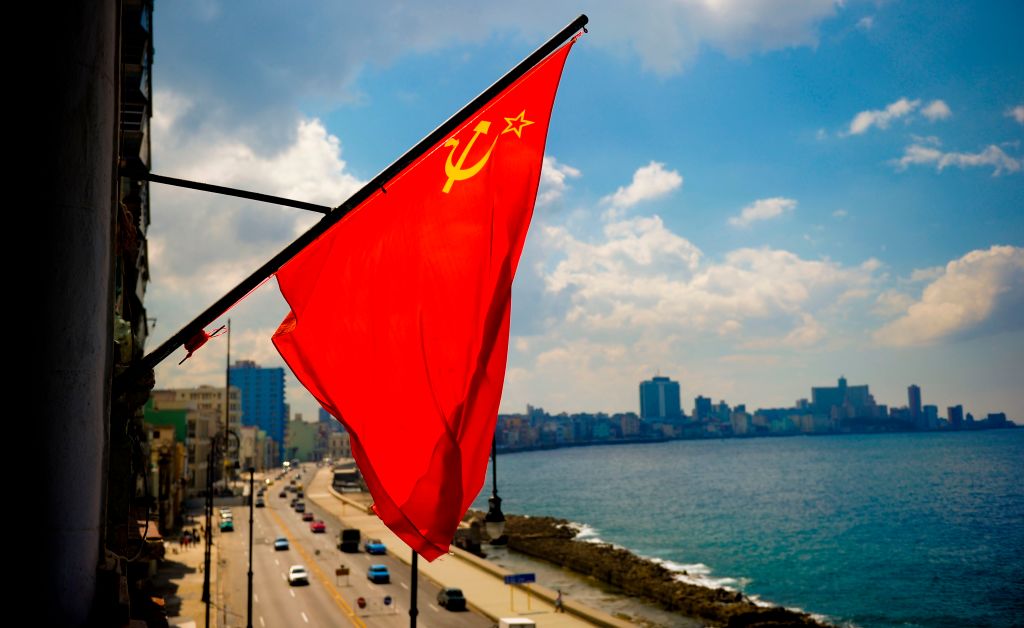
Before the Soviet Union fell, Cuba relied on America's Cold War adversary for its economic survival and the Soviets used Cuba, about 100 miles south of Florida, as a strategic toehold within swimming distance of their main geopolitical rival. Then the Soviet Union fell and Russia largely abandoned Cuba in the 1990s. Now, The Associated Press reports, "observers of Cuban and Russian foreign policy say there is a significant warming between the former partners prompted in part by the Trump administration's reversal of President Barack Obama's opening to Cuba."
Trade between Russia and Cuba has more than doubled since 2013, mostly due to an uptick in Russian exports to the island nation. Cuban President Miguel Díaz-Canel is landing in Moscow on Tuesday to meet with Russian President Vladimir Putin and other officials, following visits by Russian Prime Minister Dmitry Medvedev and other high-ranking Russians to Havana in recent months and years. "We did make huge mistakes in the 1990s while turning our backs on Cuba," said Russian lawmaker Konstantin Kosachev. "That time is definitely over, and I'm absolutely sure that our relations deserve better attention from Russia."
Russia is sending Cuba minibuses, locomotives, and a surge of tourists — 137,000 in 2018 — plus promises of significant investment in Cuba's power grid, AP reports. "Russia is trying to preserve the zone of influence it had during the era of the Soviet Union, looking for partners in Latin America and letting Washington know that it's still a great power," says Arturo López-Levy, a Cuban-born assistant professor of international relations at California's Holy Names University. Read more at The Associated Press.
The Week
Escape your echo chamber. Get the facts behind the news, plus analysis from multiple perspectives.

Sign up for The Week's Free Newsletters
From our morning news briefing to a weekly Good News Newsletter, get the best of The Week delivered directly to your inbox.
From our morning news briefing to a weekly Good News Newsletter, get the best of The Week delivered directly to your inbox.
Editor's note: This piece initially mischaracterized the U.S.-Soviet Union Cold War relationship. It has since been corrected. We regret the error.
A free daily email with the biggest news stories of the day – and the best features from TheWeek.com
Peter has worked as a news and culture writer and editor at The Week since the site's launch in 2008. He covers politics, world affairs, religion and cultural currents. His journalism career began as a copy editor at a financial newswire and has included editorial positions at The New York Times Magazine, Facts on File, and Oregon State University.
-
 A foodie guide to Edinburgh
A foodie guide to EdinburghThe Week Recommends Go all-out with a Michelin-starred meal or grab a casual bite in the Scottish capital
-
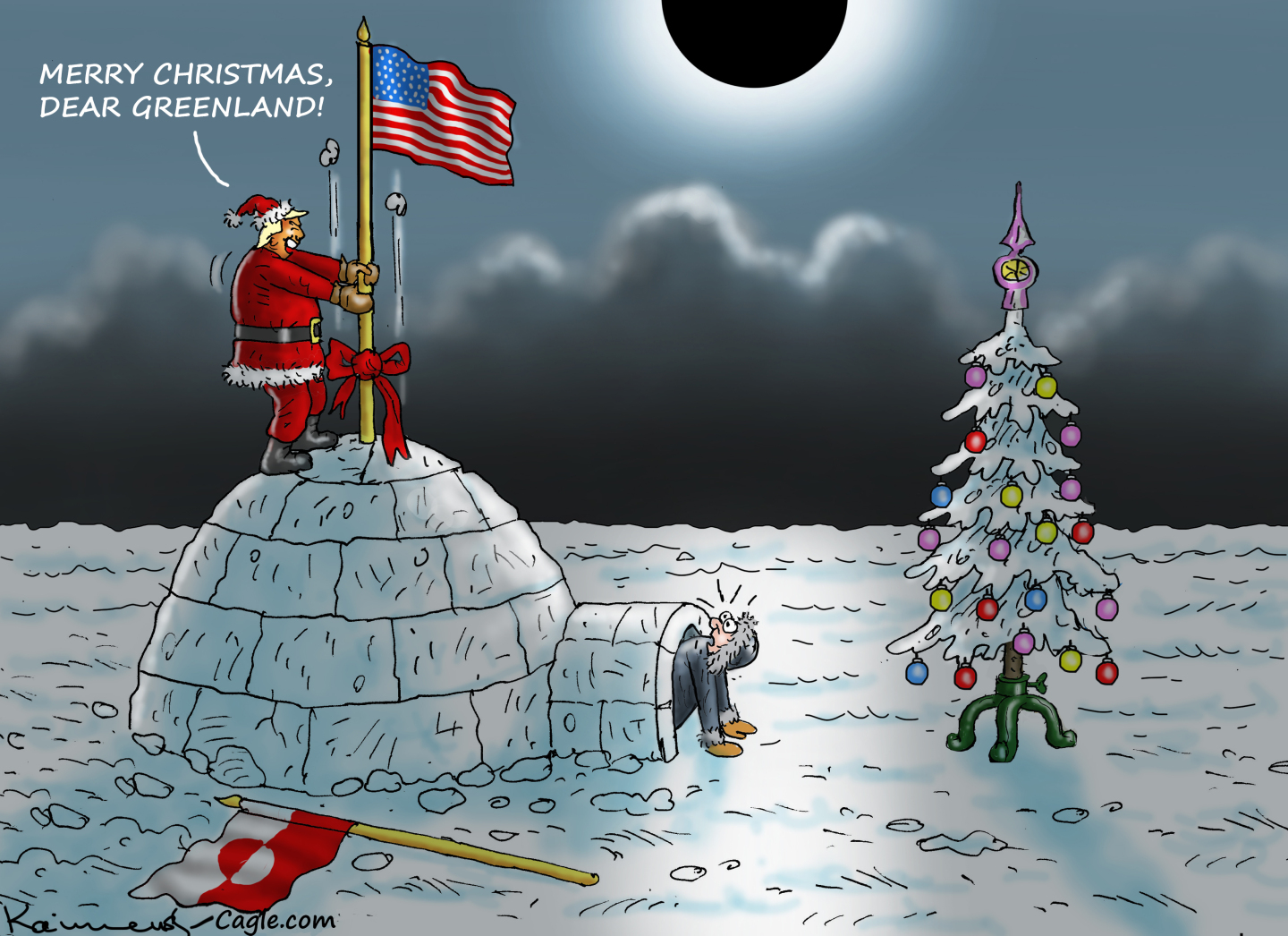 Political cartoons for December 24
Political cartoons for December 24Cartoons Wednesday's political cartoons include Christmas in Greenland, grinchflation, and California floods
-
 Is there a Christmas truce in the Starmer farmer ding-dong?
Is there a Christmas truce in the Starmer farmer ding-dong?Today’s Big Question There’s an ‘early present’ for farmers but tensions between Labour and rural communities remain
-
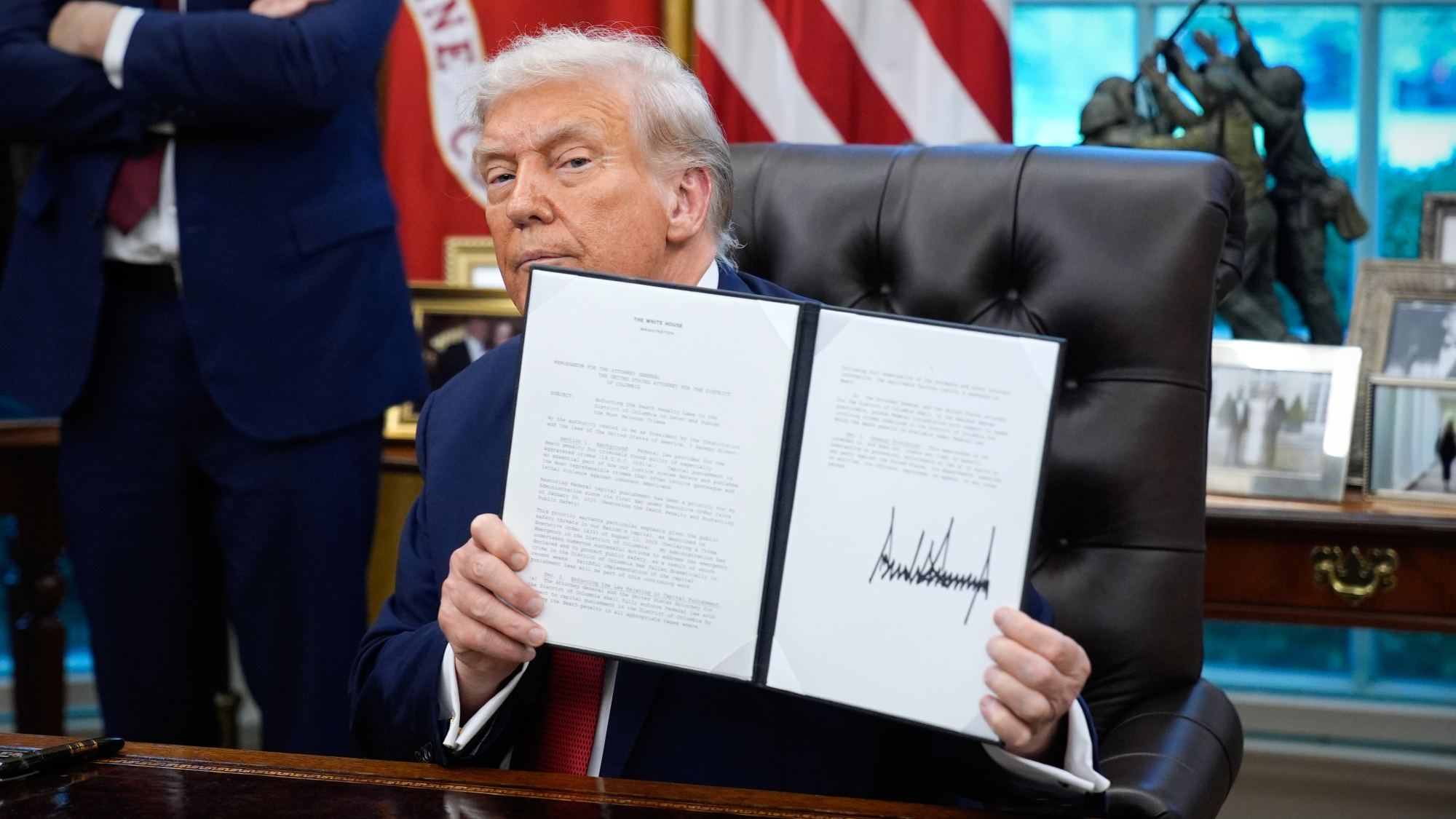 TikTok secures deal to remain in US
TikTok secures deal to remain in USSpeed Read ByteDance will form a US version of the popular video-sharing platform
-
 Unemployment rate ticks up amid fall job losses
Unemployment rate ticks up amid fall job lossesSpeed Read Data released by the Commerce Department indicates ‘one of the weakest American labor markets in years’
-
 US mints final penny after 232-year run
US mints final penny after 232-year runSpeed Read Production of the one-cent coin has ended
-
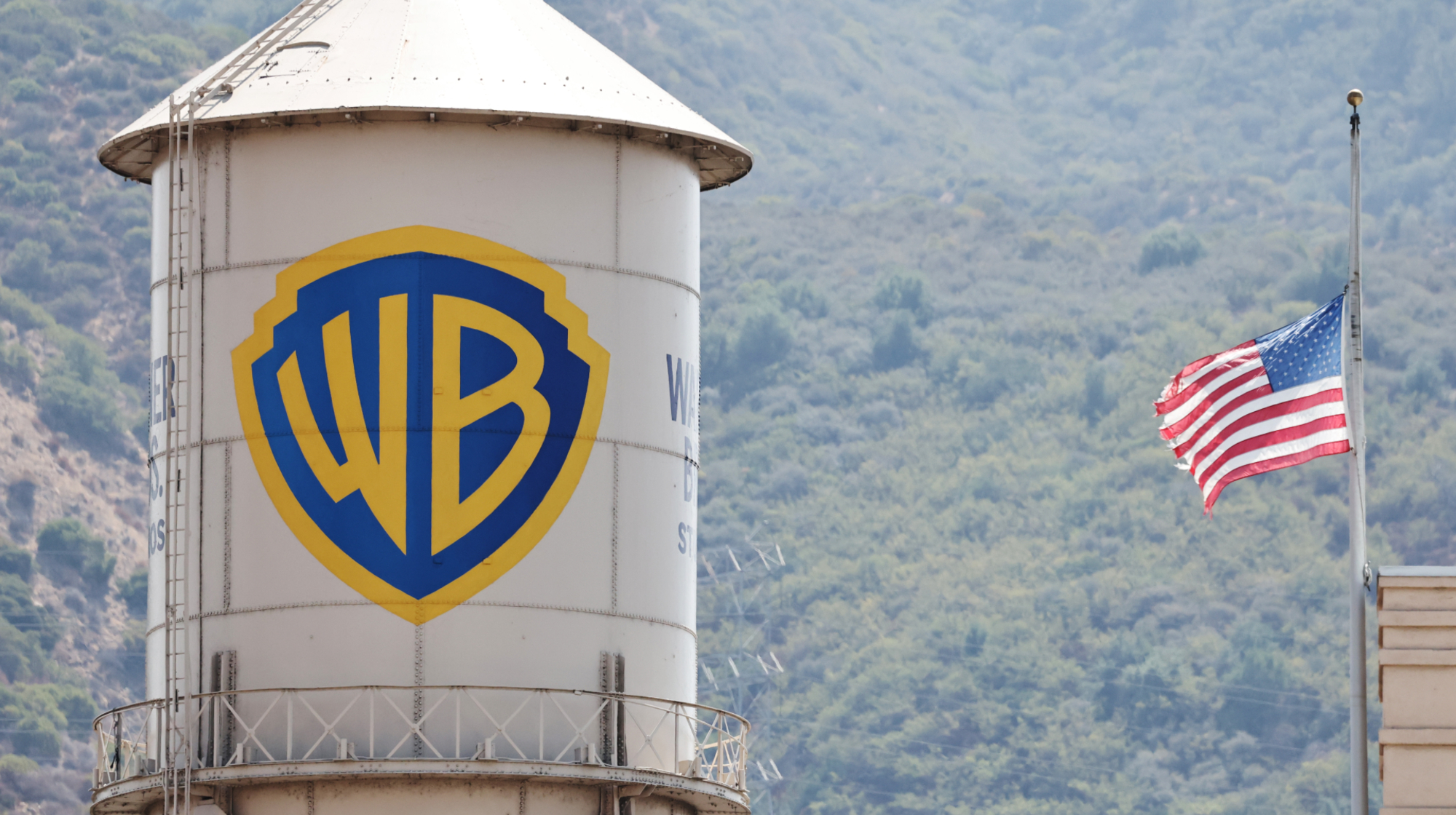 Warner Bros. explores sale amid Paramount bids
Warner Bros. explores sale amid Paramount bidsSpeed Read The media giant, home to HBO and DC Studios, has received interest from multiple buying parties
-
 Gold tops $4K per ounce, signaling financial unease
Gold tops $4K per ounce, signaling financial uneaseSpeed Read Investors are worried about President Donald Trump’s trade war
-
 Electronic Arts to go private in record $55B deal
Electronic Arts to go private in record $55B dealspeed read The video game giant is behind ‘The Sims’ and ‘Madden NFL’
-
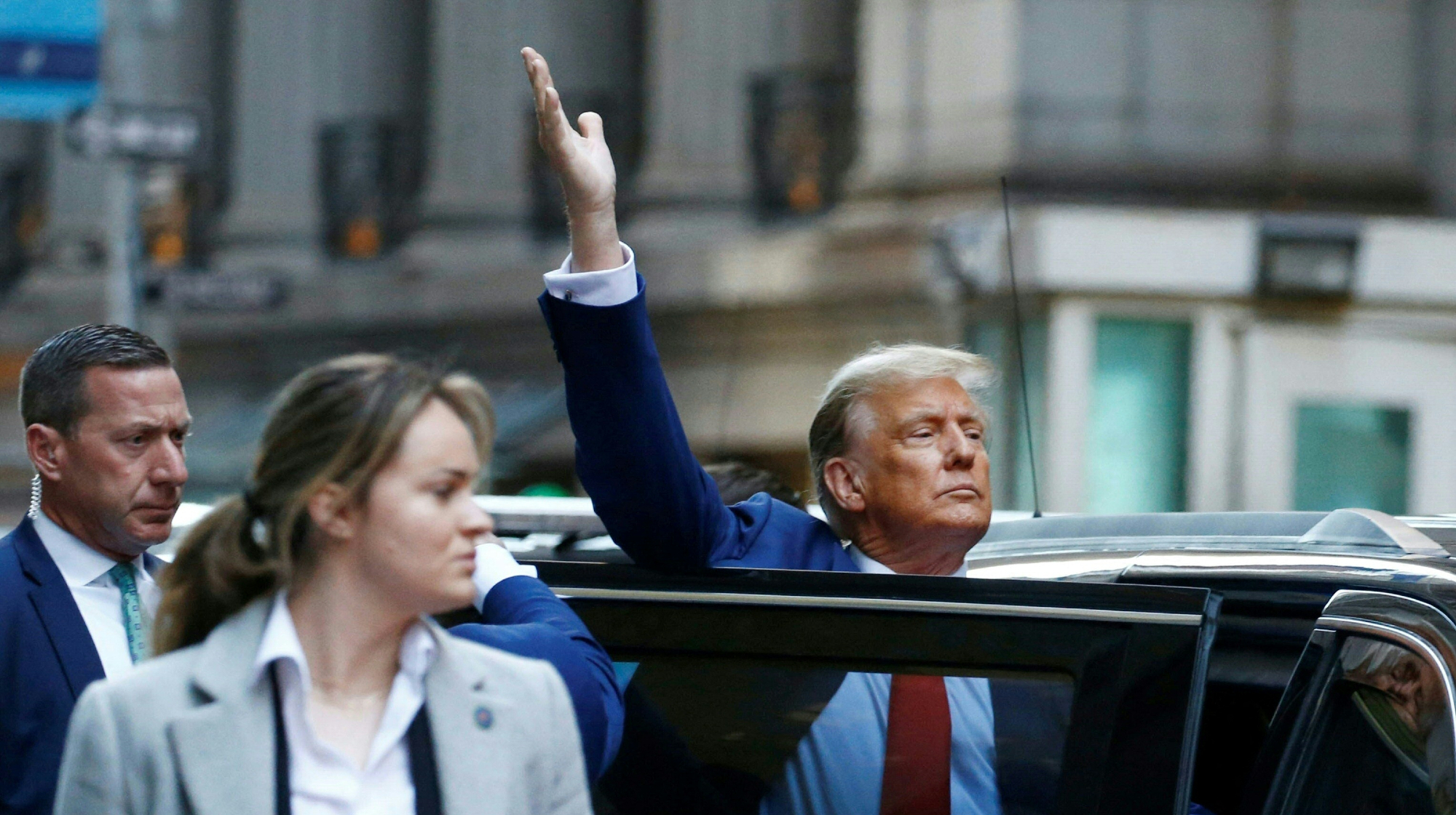 New York court tosses Trump's $500M fraud fine
New York court tosses Trump's $500M fraud fineSpeed Read A divided appeals court threw out a hefty penalty against President Trump for fraudulently inflating his wealth
-
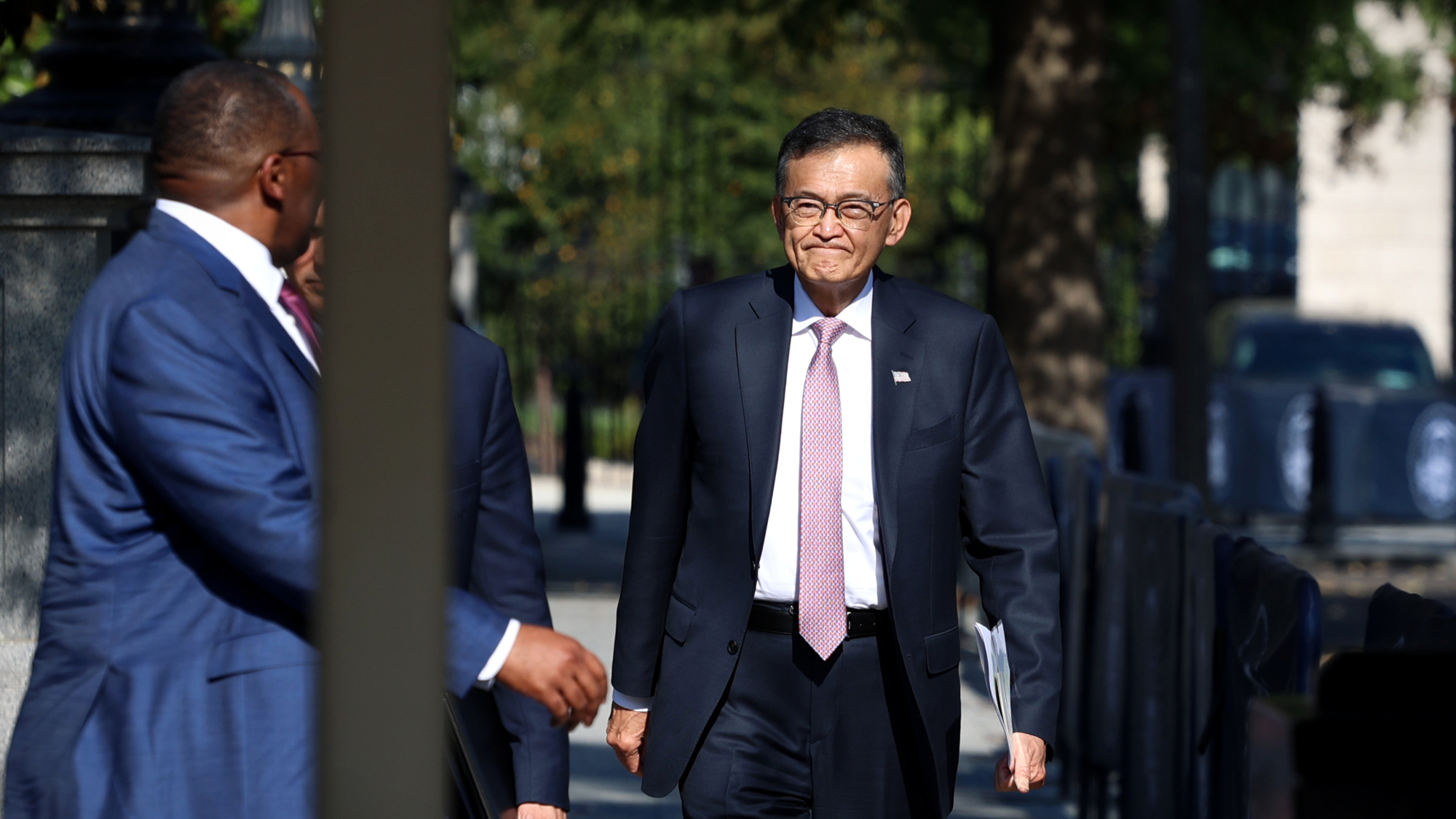 Trump said to seek government stake in Intel
Trump said to seek government stake in IntelSpeed Read The president and Intel CEO Lip-Bu Tan reportedly discussed the proposal at a recent meeting
